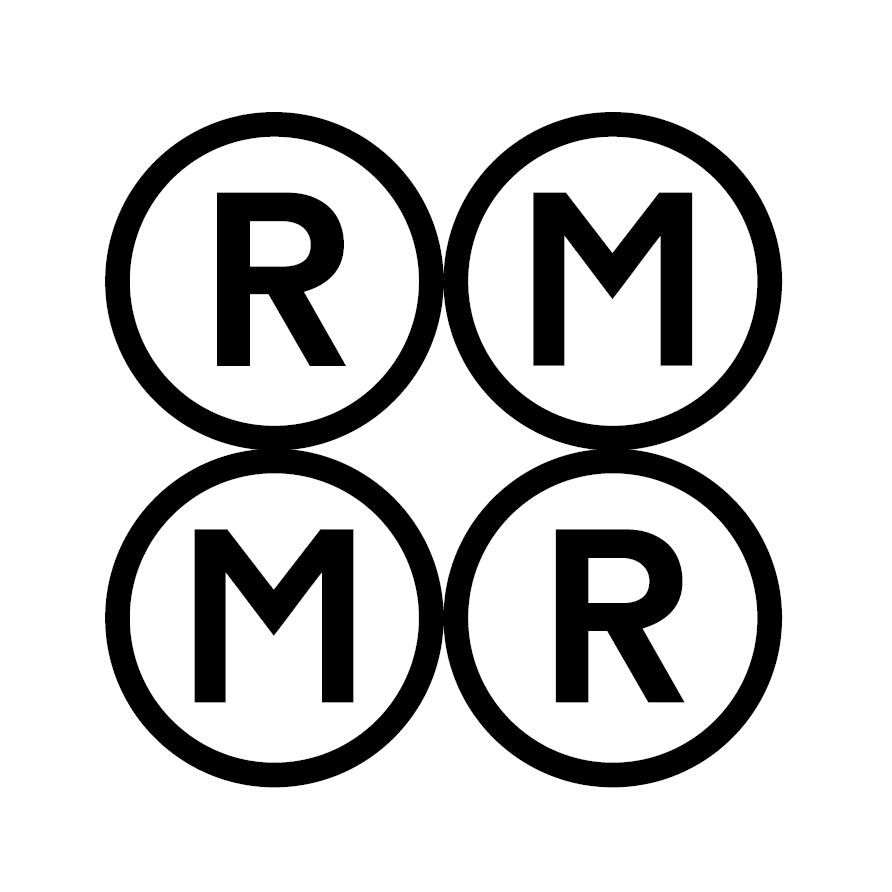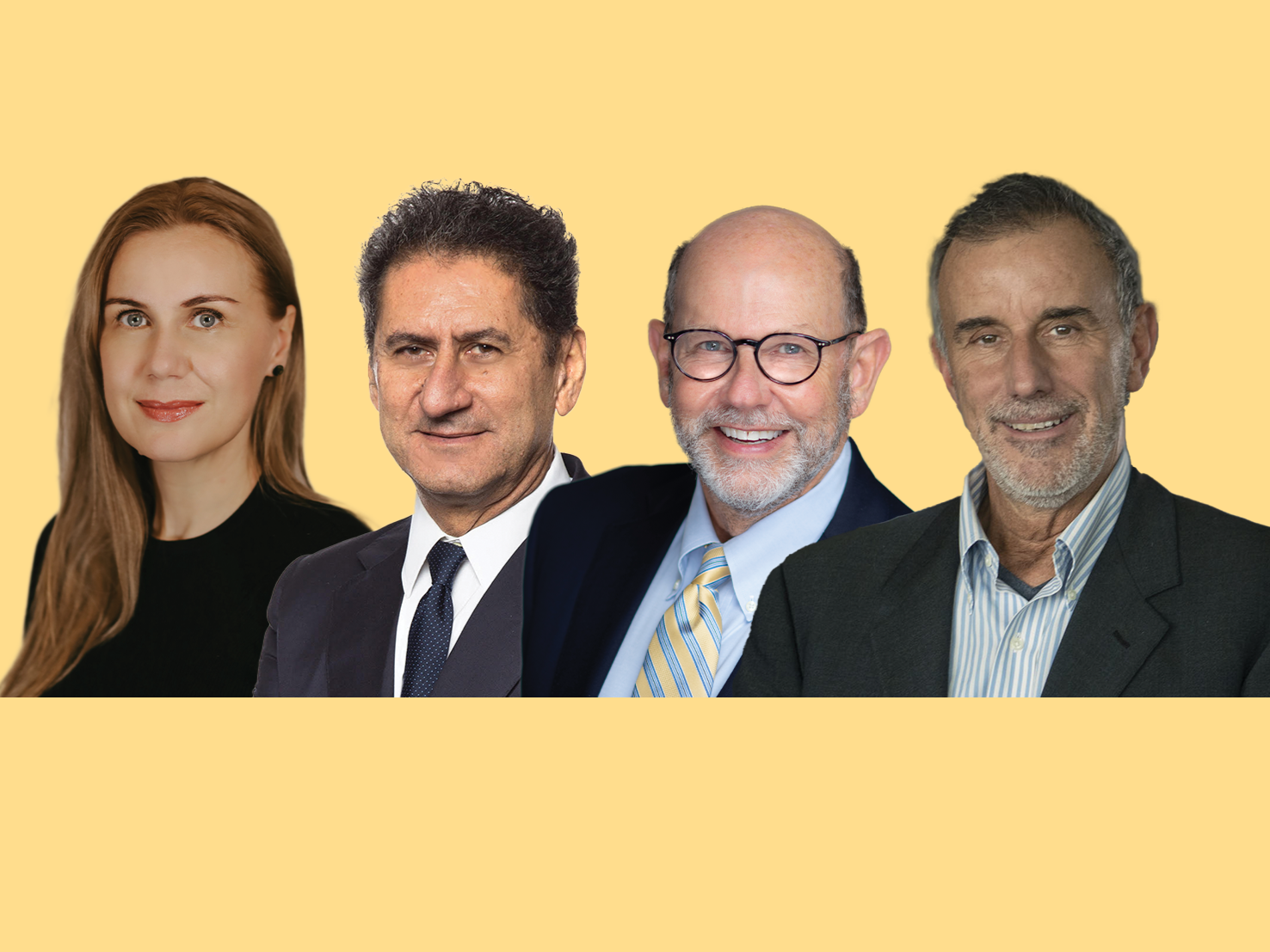The Think Tank section of issue 50 of Renewable Matter, focusing on Energy, is particularly rich and valuable. As always, we brought together for a virtual roundtable discussion some of the most authoritative voices on the topics addressed in the monograph. The global ecological transition and the path to a low-carbon energy system were tackled from a variety of perspectives to paint as complete a picture as possible of the challenges, critical issues, and potential that lie ahead.
Starting with politics, with EU Energy Commissioner Kadri Simson at the end of her term, then moving on to energy technologies, infrastructures, and economies with Francesco La Camera of IRENA and James Robb of the North American Electric Reliability Corporation, and finally to science and cutting-edge research with Pietro Barabaschi, Director General of ITER. Following is a summary of the topics we talked about. You can read the full interviews on Renewable Matter #50.
Kadri Simson: Energise Europe
During her five years as Energy Commissioner in Brussels, Kadri Simson faced one of the most complex and decisive periods in European energy history. The feat of cutting off Russian gas supplies; ferrying Green Deal reforms despite polycrisis; and making the energy market resilient while not neglecting decarbonisation goals.
“Meeting our climate targets will also be beneficial to consumers as well as businesses: the costs of inaction would be simply much higher than those of action. Citizens across Europe have in the last years witnessed the devastating effects of climate change. It is the eleventh hour to take decisive action and invest in green transition”. Between past, present, and future, Kadri Simson tells Simone Fant about the legacy of a historic mandate now drawing to a close.
Francesco La Camera: Securing Raw Materials for the Transition
It won’t be the scarcity of Critical Raw Materials (CRMs) to hold back or even prevent humanity’s race towards tripling renewable energy generation capacity by 2030 to at least 11 TW from the current 3.8 TW. By using new emerging technologies, recovering resources through circularity, and increasing mineral exploration and exploitation, it would be possible to find and transform the material needed for the venture. Minerals and rare earths to be transformed into wind and photovoltaic fields, technologies for conversion into electricity and green hydrogen, and energy storage. In order to succeed, however,
industrial and commercial policies are needed to overcome the control of the CRMs market by a few large companies and a handful of states. Not to mention enabling developing countries to get a bigger slice of the revenues. This is the analysis of Francesco La Camera, Director-general of IRENA (International Renewable Energy Agency), the intergovernmental agency with 168 member states, based in the United Arab Emirates, since 2019, which is tasked with supporting the development of renewable energy sources. Roberto Giovannini has interviewed him for us.
Pietro Barabaschi: The Holy Grail of Energy
Reproducing the energy of the stars here on Earth. Then harnessing and using it. For decades, scientists have been debating how to recreate in a laboratory the conditions that, on the Sun, cause hydrogen atoms to fuse and turn into helium, generating enormous amounts of light and heat. Whether the experiment is achievable has actually been known since the 1950s, when fusion was first used in a H-Bomb test as part of military research.
However, harnessing fusion energy – theoretically limitless and nearly waste-free – for civilian purposes poses far greater challenges, beginning with the feasibility of the technologies and then moving the focus far ahead in time on the reliability and scalability of the systems. While the “records” on net energy gain through fusion, now announced with some frequency by various experimental reactors, have revived hopes of achieving the “holy grail of energy,” the timing, however, continues to be unpredictable. However, this does not stop economic interest: private investment in research has increased in recent years, exceeding 6.2 billion dollars by 2022, according to the Fusion Industry Association.
Government commitment is also growing, as evidenced by the mega project ITER, an acronym for International Thermonuclear Experimental Reactor, which is expected to receive a total of 20 billion euros over 20 years from an international consortium of seven public partners: the European Union, China, India, Japan, Russia, South Korea, and the United States (the United Kingdom and Switzerland were also there until 2023). To hear about ITER’s goals, Giorgia Marino joined Director General Pietro Barabaschi at his office in Cadarache, southern France, on the very site where the world’s largest nuclear fusion facility is being built.
James Robb: a High-Voltage Future
Bulk power systems are a key element of the energy transition. High-voltage transmission grids, however, can be used for much more than exchanging electricity between different regions, countries, or continents to boost cooperation. These interconnections promote economic efficiency and help overcome intermittency challenges of nonprogrammable renewables such as solar and wind on a large scale, thereby increasing the resilience, security, and reliability of energy systems.
“Reliability, resilience, security” is the motto of the North American Electric Reliability Corporation (NERC), a non-profit international regulatory authority that serves nearly 400 million people, covering continental United States, Canada, and the northern part of Baja California, Mexico. Such a huge territory, as uneven in orography as in population density, keeps adding new layers to an infrastructure that is now more than a century old. An evolution that today needs to take into account new factors like decarbonisation, but also risks such as climate change and cybersecurity. Giorgio Kaldor talked about it with James Robb, President and CEO of NERC.
DOWNLOAD AND READ THE NEW ISSUE OF RENEWABLE MATTER: ENERGY
This article is also available in Italian / Questo articolo è disponibile anche in italiano



